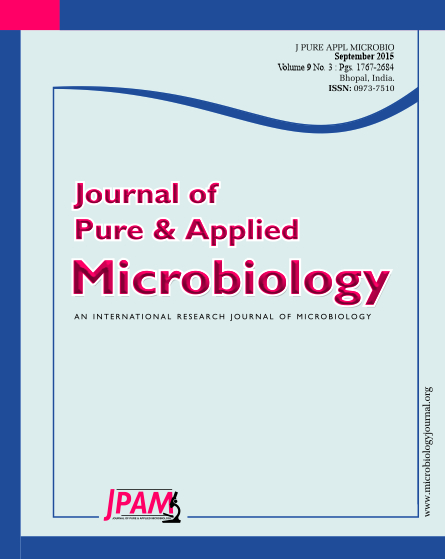The elaboration of fresh-cut vegetables requires hygienic requirements at all levels of processing as well as raw material of good quality. The aim of this study was to assess the microbiological quality of lettuce in Tunisia, in particular the prevalence of selected pathogens. 150 samples were tested for the presence of aerobic mesophilic, psychrotrophic microorganisms, lactic acid bacteria, coliforms, yeasts and moulds, Escherichia coli b-glucuronidase positive, Salmonella spp. and Listeria monocytogenes. The mean aerobic mesophilic counts were 7.0 log10 CFU g-1 for Gafsa and 7.1 log10 CFU g-1 for Bizerte and Cap Bon. Lactic acid bacteria were present and the highest percentage of the samples was found at values between 5.0 and 6.0 log10 CFU g-1. The mean counts of coliforms were ranging from 4.8 to 5.3 log10 CFU g-1. Yeasts and molds were present. While no pathogenic bacteria were found in the lettuces analyzed, imply that effective control measures must be carried out to improve the microbiological quality of this fresh vegetable.
Microbiological quality, Fresh lettuce, Listeria monocytogenes, Salmonella, Escherichia coli
© The Author(s) 2015. Open Access. This article is distributed under the terms of the Creative Commons Attribution 4.0 International License which permits unrestricted use, sharing, distribution, and reproduction in any medium, provided you give appropriate credit to the original author(s) and the source, provide a link to the Creative Commons license, and indicate if changes were made.


